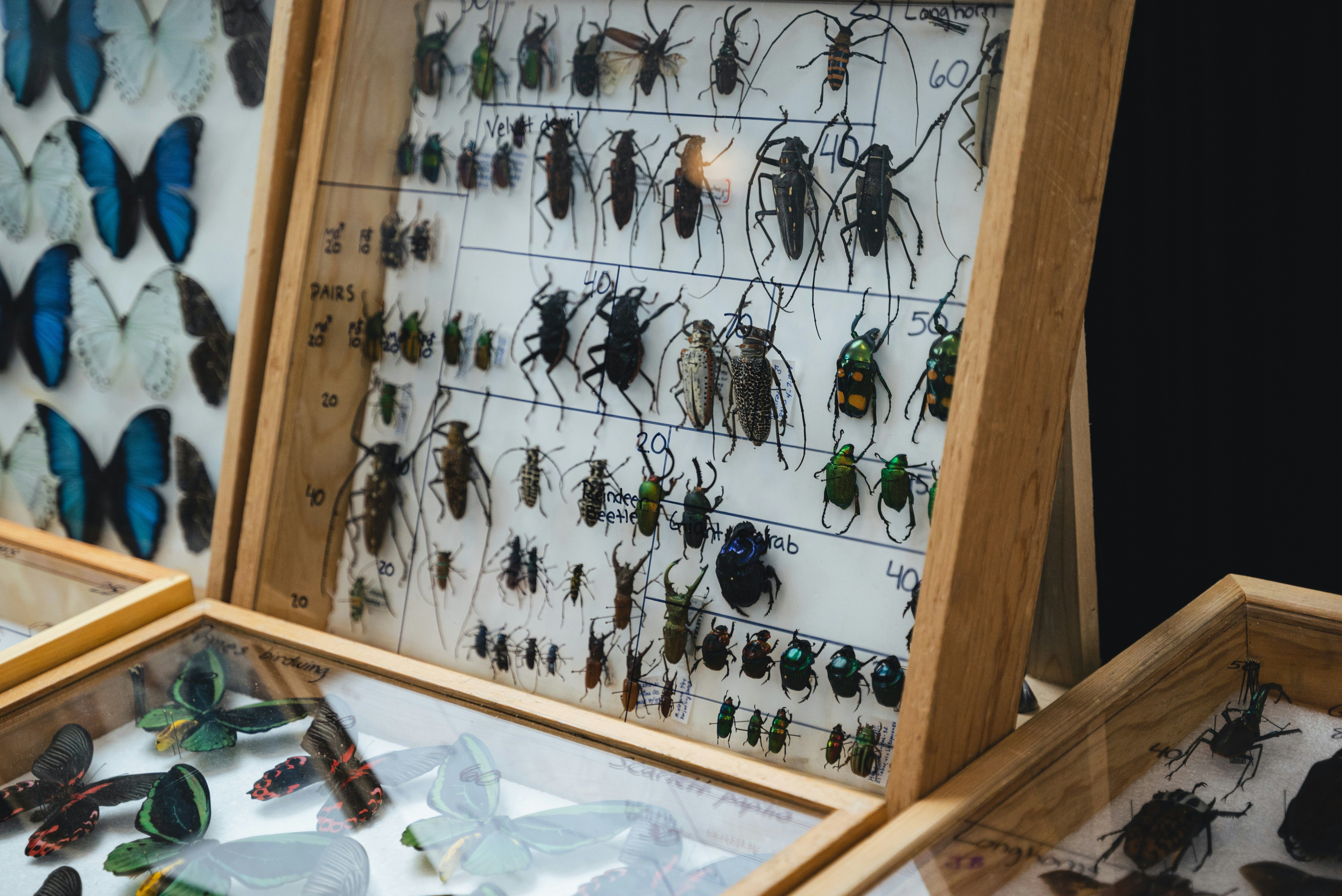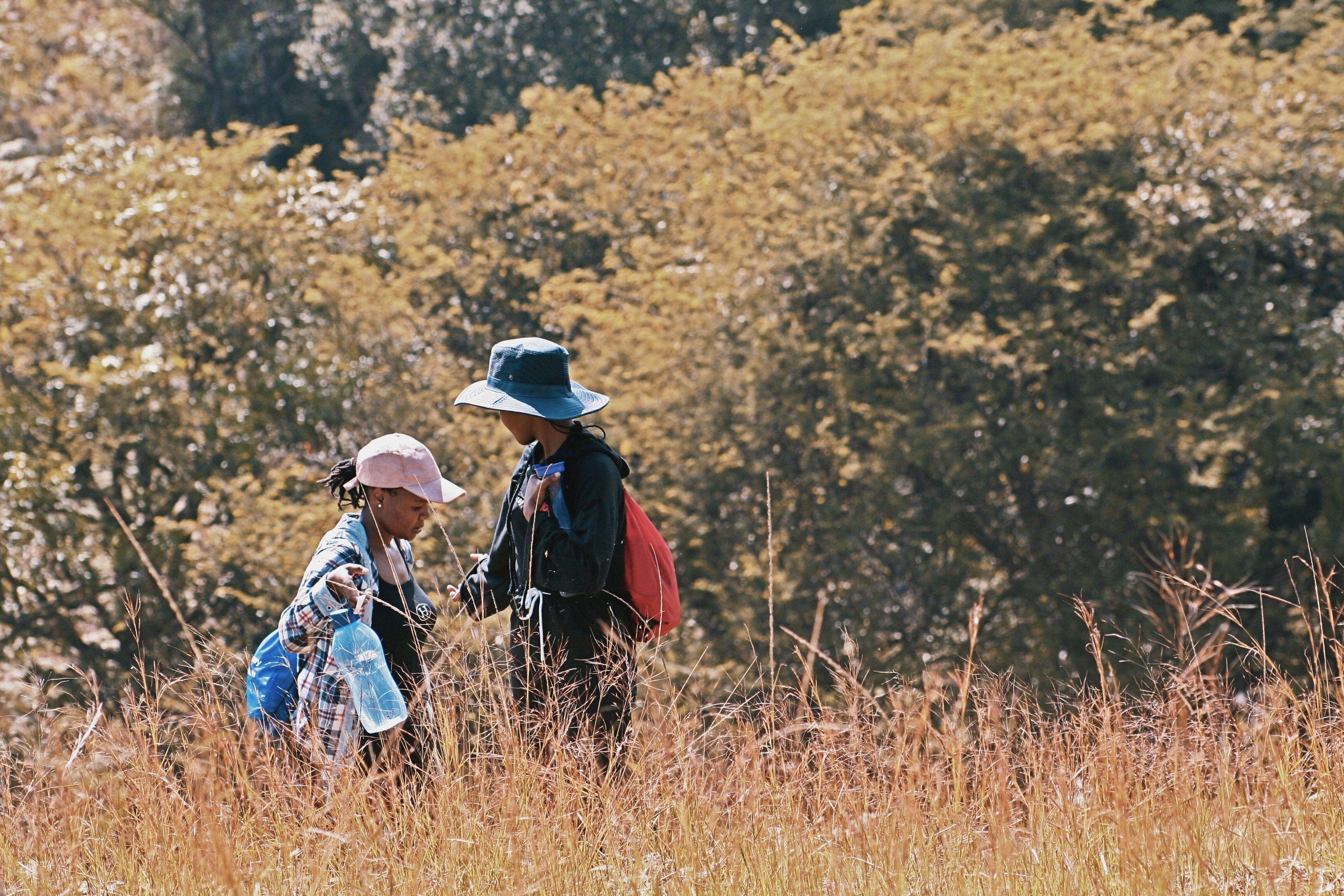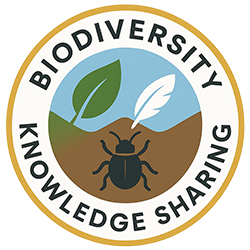-
 Occurrence Data
Occurrence DataOccurrence records tell us that a plant or animal was found in a certain place at a certain time. At the very least, they record where, when, and who made the observation. The best records are backed up with evidence—such as a specimen, a tissue sample, a photo, video, or sound clip.
Museums are key to this work. Behind their exhibits, they hold millions of specimens along with the records that go with them. By digitizing and sharing this information online, museums make it possible for anyone, anywhere, to explore biodiversity and discover where species live.
This site highlights OpenHerbarium and OpenZooMuseum, two tools that help collections create, share, and use occurrence records—making biodiversity knowledge more open and useful for everyone.
-
 Survey Data
Survey DataSurvey data come from studies that record all the organisms of a particular kind—such as plants, birds, or insects—within a defined area at a specific time. They usually include how many of each were found and how the survey was carried out.
Such data make it possible to compare biodiversity between areas or track how it changes over time. Survey data complement occurrence records by providing a fuller, quantitative picture of biodiversity—essential for monitoring ecosystem health and guiding conservation action.
-
 Biodiversity Informatics
Biodiversity InformaticsBiodiversity informatics brings together biology, computing, and geography to manage and analyze data about life on Earth. It connects occurrence records, survey results, genetic data, and environmental information into shared databases and visualization tools.
This integration allows researchers, students, and policymakers to find patterns, predict changes, and make informed decisions about biodiversity conservation and sustainable development.
-
 Data Quality
Data QualityGood data are the foundation of good science. Data quality depends on clear documentation, accurate identification, and careful checking of both field and digital records.
Errors can spread quickly when data are shared, so maintaining quality is a shared responsibility—from the collector to the data manager and everyone who uses the results. Reliable data make biodiversity information trustworthy and useful for research, education, and policy.
